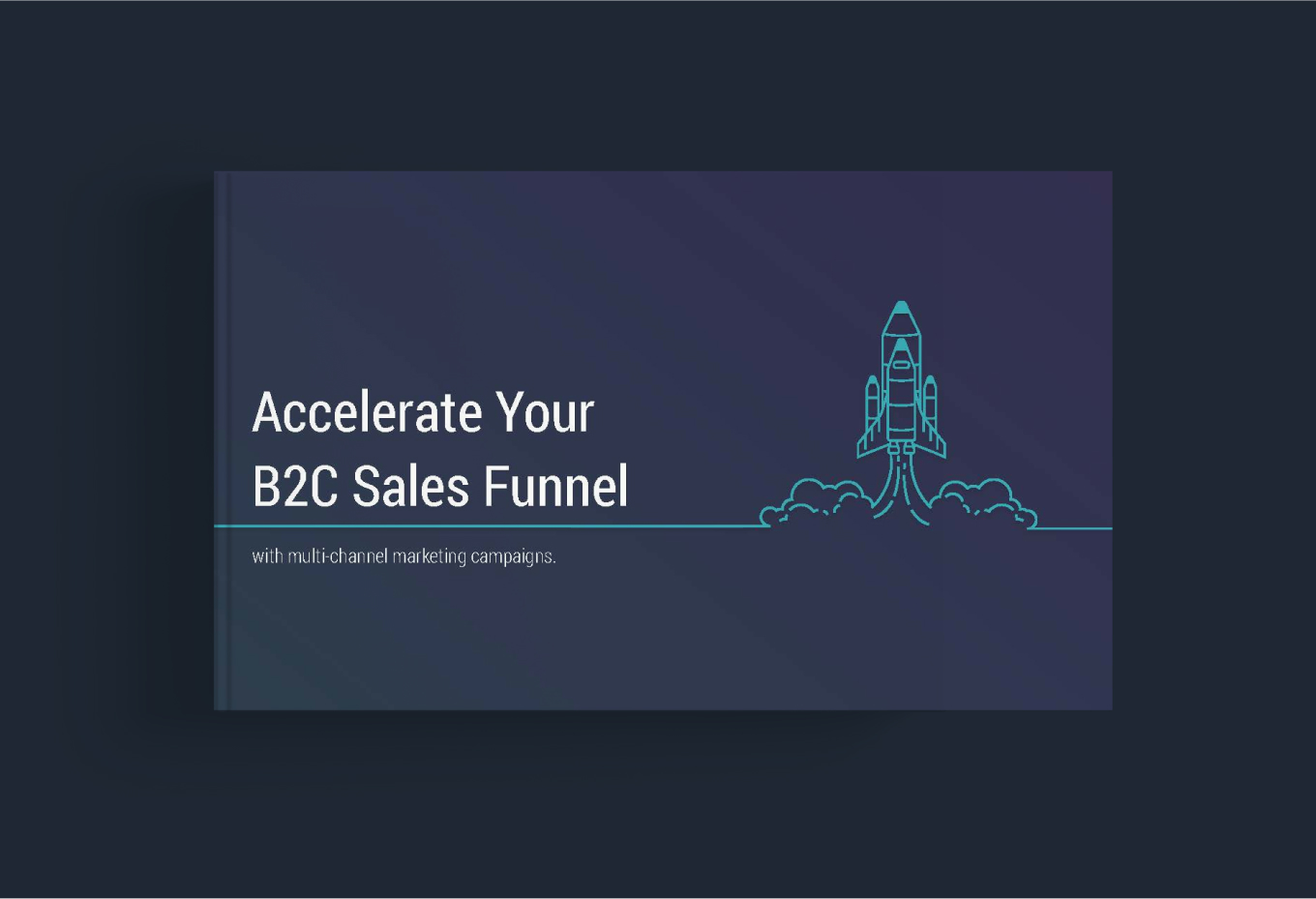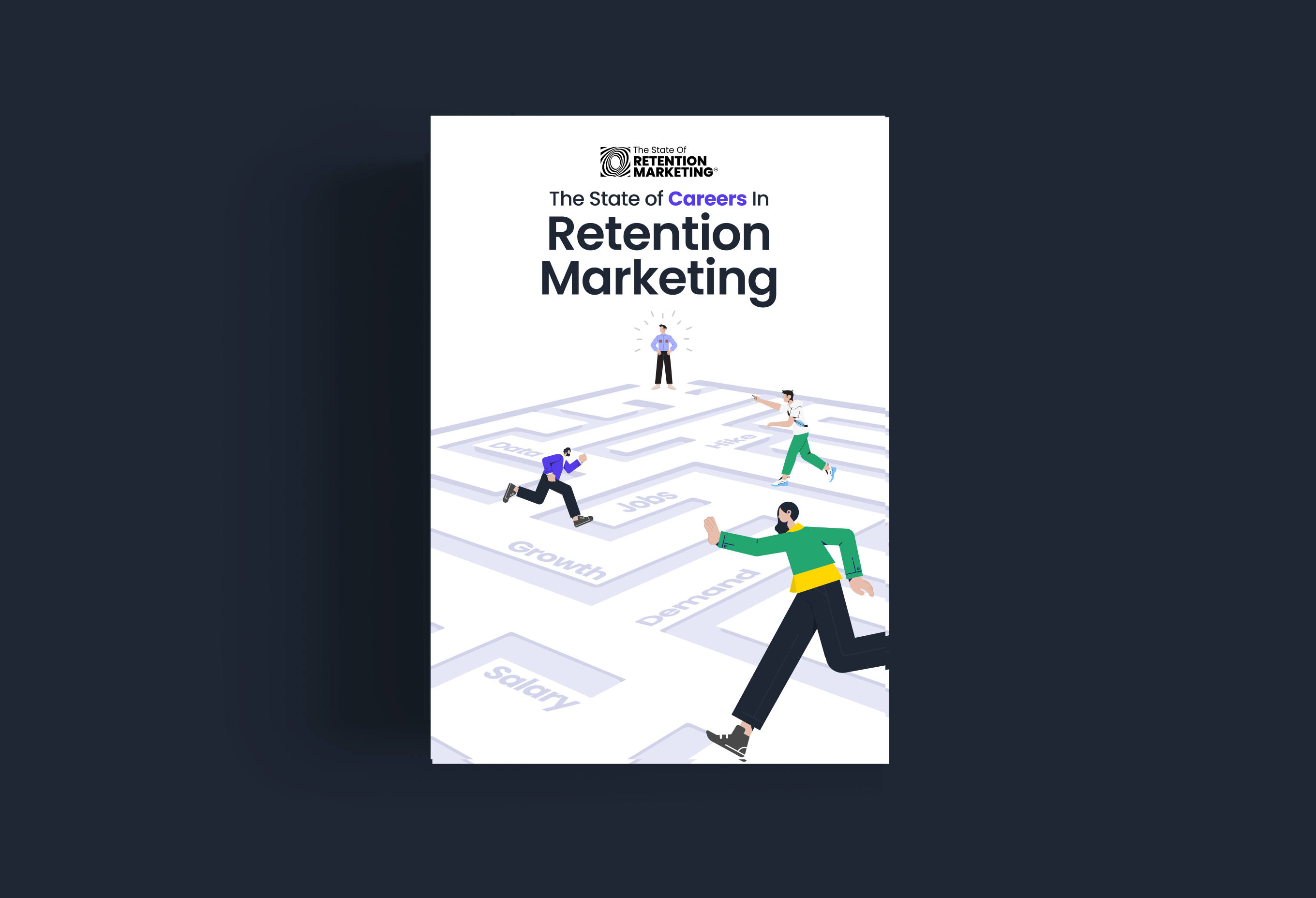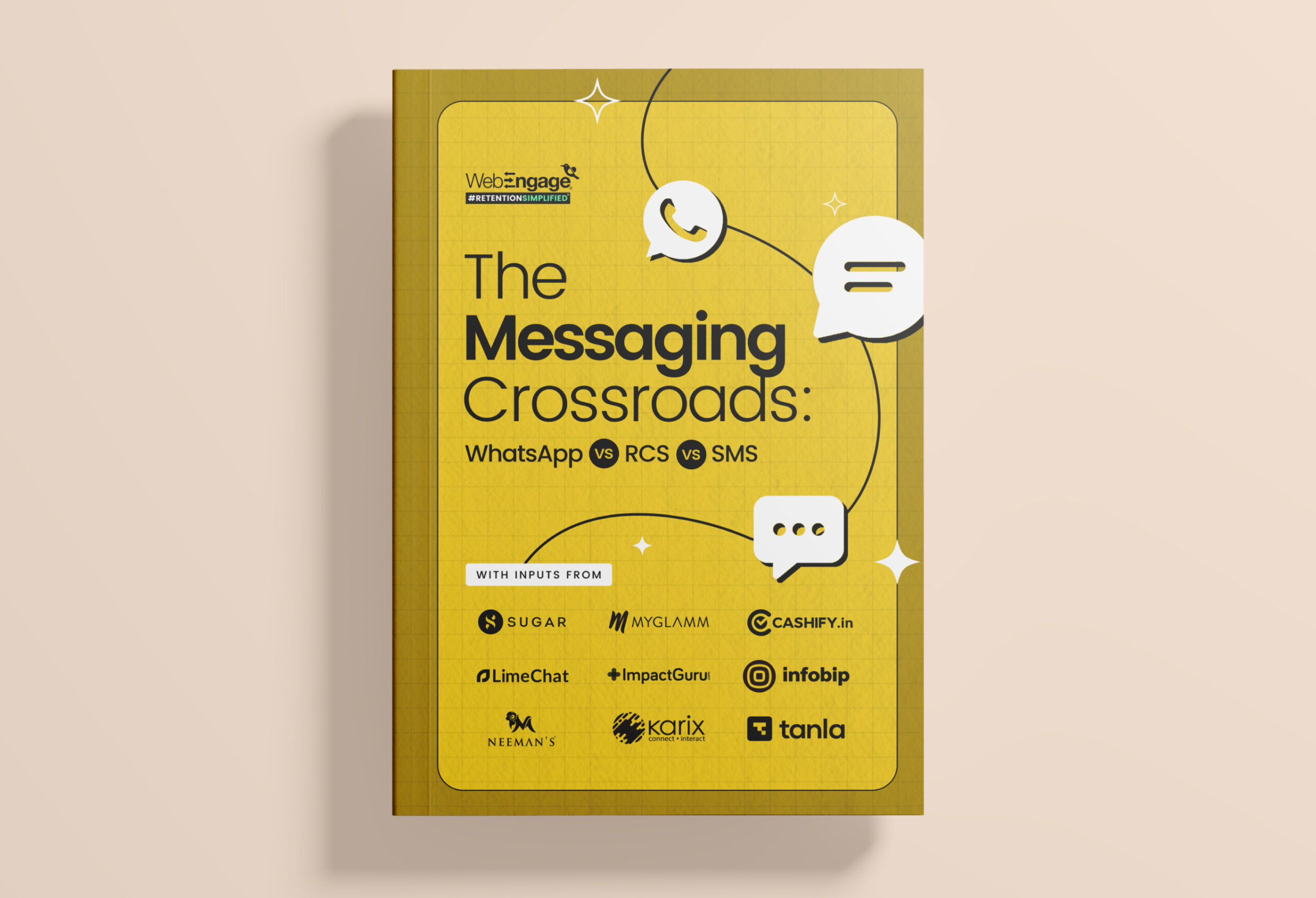In the dynamic times of today, a conventional approach to marketing is ineffective. Marketing cannot be done in silos in the way it was done in the past. Multi-channel marketing is the bare essential to building a B2C sales funnel today.
The Situation
Imagine a scenario where different units in the same marketing team ran their marketing strategies in silos. Wouldn’t that create massive confusion for the customer! Let’s elucidate this with an example: Alice is a loyal customer of an e-commerce store. On the day of a sale, Alice receives multiple messages throughout the day. The timeline and content of messages go something like this:
- 9 am: Alice receives an Email about a limited period sale starting at 2 pm on that day
- 1 pm: Alice receives a Push Notification with the same message as above
- 3 pm: Alice goes to the app, browses through a few products, and makes a purchase
- 3 pm: Alice receives an SMS about order confirmation
- 4 pm: Alice receives a Push Notification stating that the sale was on
- 8 pm: Alice receives another Email asking her to make a purchase before the sale ends at midnight
The Challenge
Alice receives such promotional messages even after she has made a purchase! Clearly, the transactional and promotional messages are not in sync. Without a unified view of the customer and the actions he/she has performed, your marketing teams and your channels of communication will never be in sync. Your outdated method of multi-channel marketing will result in several overlaps that are difficult to overcome manually.
The Solution
The inherent aim of all marketing communication is to engage with users and push them further into the purchase funnel. In order to do so, you need to map the customer’s journey and create an engagement strategy that picks the right channels to engage users at the right time and the right place.
Here’s WebEngage’s guide on how marketers can accelerate the B2C sales funnel by using an optimal multi-channel marketing strategy.










